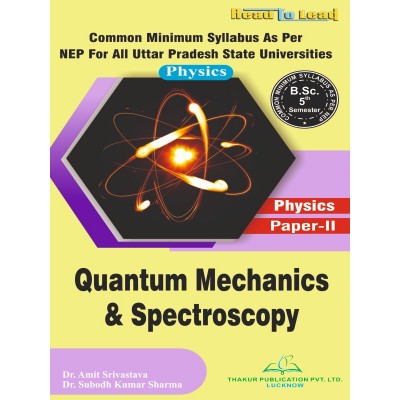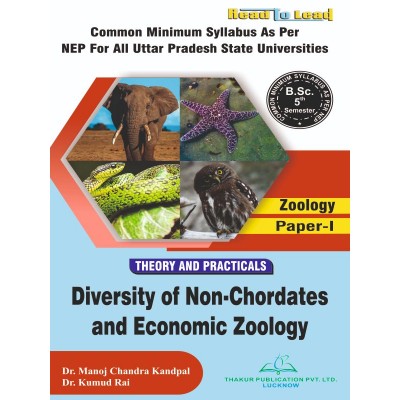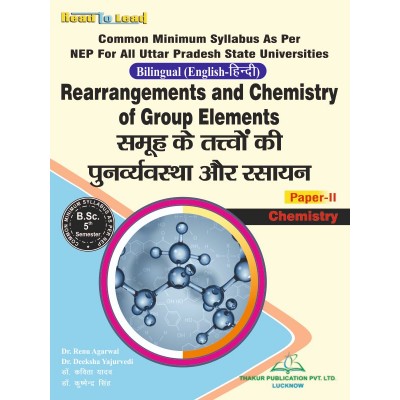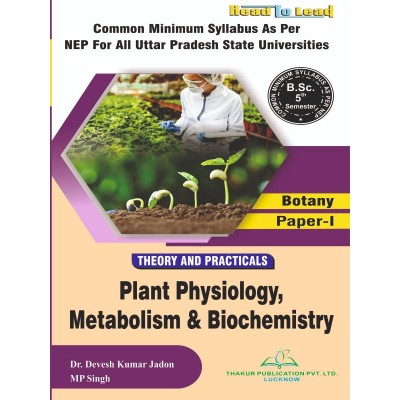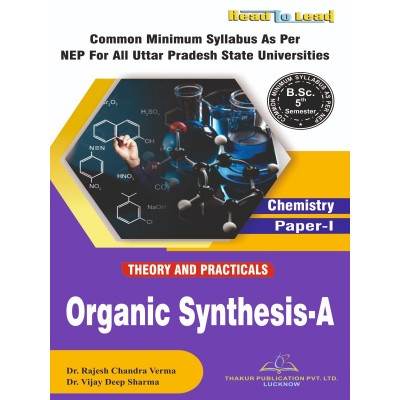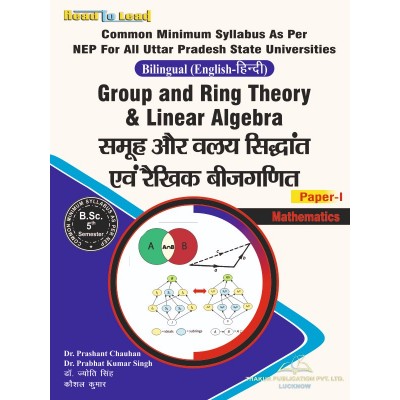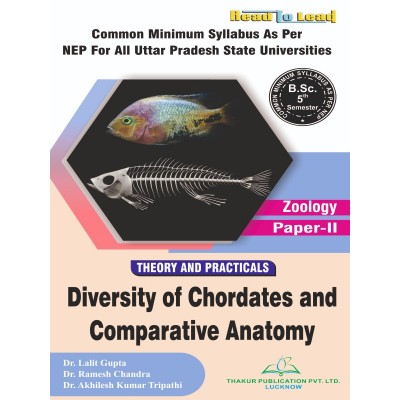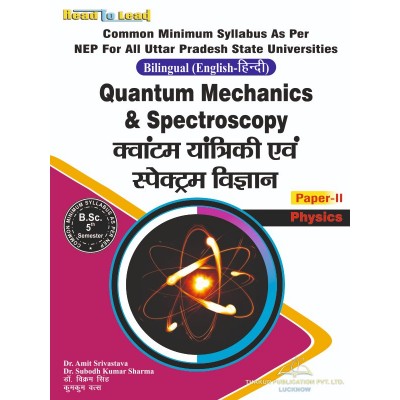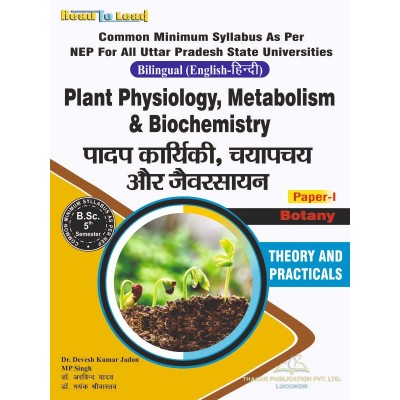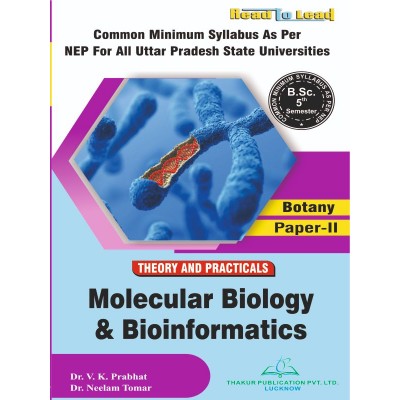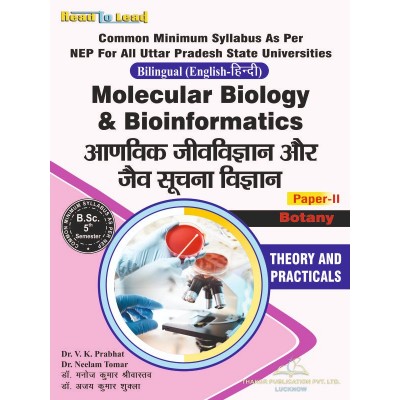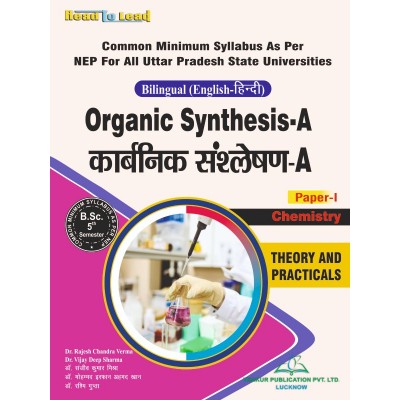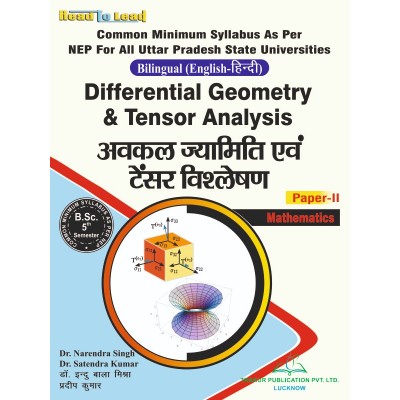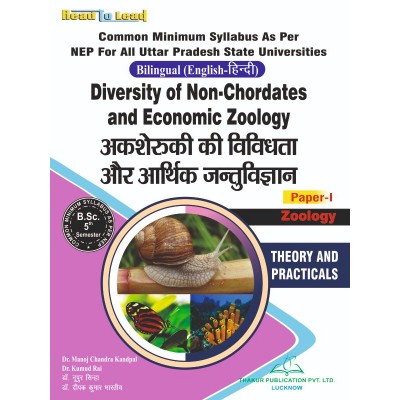Categories
- Pharmacy
-
Nursing
-
MBA
-
BBA
- U.P. State University
- Veer Bahadur Singh Purvanchal University, Jaunpur
- Chaudhary Charan Singh University, Meerut
- Dr. Bhimrao Ambedkar University, Agra
- Chhatrapati Shahu Ji Maharaj University, Kanpur
- Mahatma Jyotiba Phule Rohilkhand University, Bareilly
- Mahatma Gandhi Kashi Vidyapith, Varanasi
- Dr. Ram Manohar Lohia Avadh University, Ayodhya
- Deen Dayal Upadhyaya Gorakhpur University
- Prof. Rajendra Singh (Rajju Bhaiya) University, Prayagraj
-
BCA
- UP State Universities
- University of Pune
- I.K.Gujral Punjab Technical University (PTU)
- University of Rajasthan
- Rashtrasant Tukadoji Maharaj Nagpur University
- Uttar Pradesh NEP2020
- University of Rajasthan ,Jaipur (According to NEP-2020)
- BCCA (B. Com - Computer Science)
- Haryana
- West Bengal
- BBA (CA)
- PUNE BCA (Sci,Commerce)/B.Com (CA)
- Dr. A. P. J. Abdul Kalam Technical University, Lucknow ( AKTU )
- MCA
-
B Ed
- Lucknow University B.Ed Books
- Chaudhary Charan Singh University/Maa Shakambhari University, Saharanpur
- Dr Bhim Rao Ambedkar University, Agra
- Mahatma Gandhi Kashi Vidyapeeth, Varanasi
- Chhatrapati Shahu Ji Maharaj University
- Prof. Rajendra Singh (Rajju Bhaiya) University, Prayagraj (PRSU)
- Mahatma Jyotiba Phule Rohilkhand University(Mjpru), Bareilly
- Dr. Ram Manohar Lohia Avadh University, Ayodhya
- Bundelkhand University, Jhansi
- B.A,B.ed
- B.Sc, B.ed
- Deen Dayal Upadhyaya Gorakhpur University
- Veer Bahadur Purvanchal University (VBPU)
- Maharaja Suhel Dev State University ,Azamgarh (MSDSU)
- Raja Mahendra Pratap Singh State University, Aligarh (RMPSSU)
- Barkatullah Vishwavidyalaya (Bhopal)
- Jiwaji University (Gwalior)
- Vikram University (Ujjain)
- Dr. Harisingh Gour University (Sagar)
- Devi Ahilya Vishwavidyalaya (Indore)
- Rani Durgavati Vishwavidyalaya (Jabalpur)
- Awadhesh Pratap Singh University (Rewa)
- Maharaja Chhatrasal Bundelkhand University (Chhatarpur)
- D. EL. ED
- TET
-
B Com
-
B Sc
- B.Sc. U.P. State Universities Common Syllabus NEP
- Veer Bahadur Singh Purvanchal University, Jaunpur
- University of Lucknow
- Chaudhary Charan Singh University, Meerut
- Madhya Pradesh
- Chhatrapati Shahu Ji Maharaj University, Kanpur
- Dr. Bhimrao Ambedkar University, Agra
- Mahatma Gandhi Kashi Vidyapith, Varanasi
- DEEN DAYAL UPADHYAYA GORAKHPUR UNIVERSITY
- Prof. Rajendra Singh (Rajju Bhaiya) University, Prayagraj
- Dr. Ram Manohar Lohia Avadh University, Ayodhya
- Mahatma Jyotiba Phule Rohilkhand University, Bareilly
- Uttarakhand State Universities
- B.Sc. Bihar Universities Common Syllabus NEP
- University of Rajasthan (Jaipur)
- Haryana
-
Bachelor of Arts [B.A.]
- B.A. Of U.P. State Universities Common Syllabus NEP
- Veer Bahadur Singh Purvanchal University, Jaunpur
- University of Lucknow
- Chaudhary Charan Singh University, Meerut
- Chhatrapati Shahu Ji Maharaj University, Kanpur
- Dr. Bhimrao Ambedkar University, Agra
- Mahatma Gandhi Kashi Vidyapith, Varanasi
- Deen Dayal Upadhyaya Gorakhpur University
- Prof. Rajendra Singh (Rajju Bhaiya) University, Prayagraj
- Dr. Ram Manohar Lohia Avadh University, Ayodhya
- Mahatma Jyotiba Phule Rohilkhand University, Bareilly
- Madhya Pradesh
- Uttarakhand
- Bihar
- University of Rajasthan (Jaipur Syllabus as Per NEP2020)
- Haryana NEP-2020
- B Tech
- LLB
- SWA Education
(Chemistry ) Rearrangements and Chemistry of Group Elements (Paper -II ) U.P b.sc 5th Semester
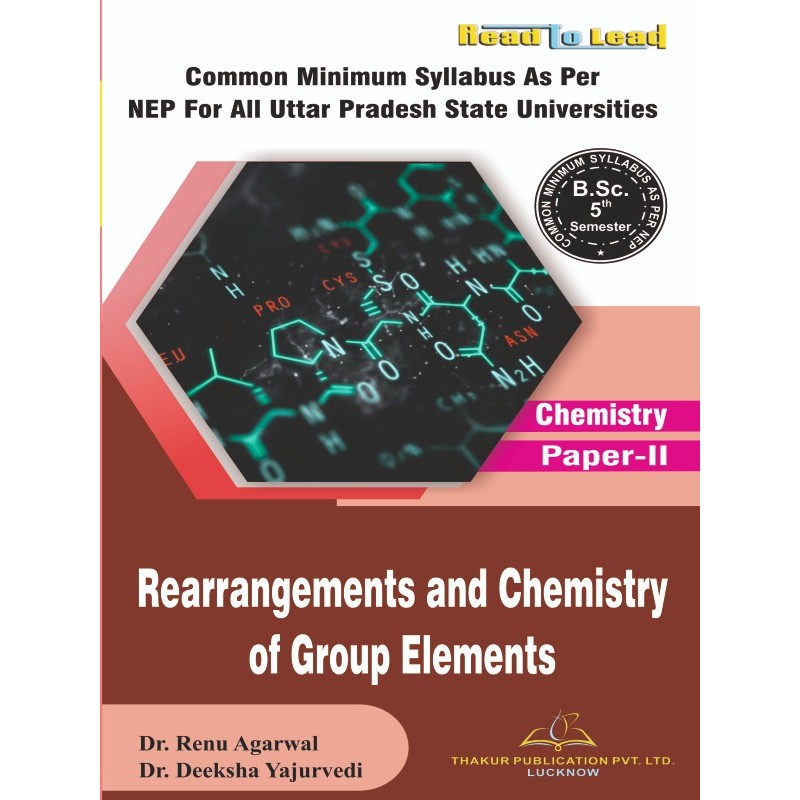
Click below to Buy E-Book Edition:
AUTHORS : Dr. Renu Agarwal , Dr. Deeksha Yajurvedi
ISBN : 9789357552653
Tax excluded
Click below to Buy E-Book Edition:
AUTHORS : Dr. Renu Agarwal , Dr. Deeksha Yajurvedi
ISBN : 9789357552653
Syllabus
Rearrangements and Chemistry of Group Elements
Course Code: B020502T
|
Unit |
Topics |
No. of Lectures |
|
I |
Rearrangements A detailed study of the following rearrangements: Pinacol-pinacolone, Demjanov, BenzilBensilic acid, Favorskii, Hofman, Curtius, Schmidt, Baeyer-Villiger and Fries rearrangement |
6 |
|
II |
Catalysis General principles and properties of catalysts, homogenous catalysis (catalytic steps and examples) and heterogenous catalysis (catalytic steps and examples) and their industrial applications, Deactivation or regeneration of catalysts. Phase transfer catalysts, application of zeolites as catalysts. Enzyme catalysis; Michaelis-Menten equation, turn-over number. |
8 |
|
III |
Chemistry of Main Group Elements s-Block Elements: Comparative study, diagonal relationship, salient features of hydrides, solvation and complexation tendencies including their function in biosystems, an introduction to alkyls and aryls. p-Block Elements: Comparative study (including diagonal relationship) of groups 13-17 elements, compounds like hydrides, oxides, oxyacids and halides of group 13-16, hydrides of boron-diborane and higher boranes, borazine, borohydrides, fullerenes, carbides, fluorocarbons, silicates (structural principle), tetrasulphur tetra nitride, basic properties of halogens, interhalogens and polyhalides. Chemistry of Noble Gasses: Chemical properties of the noble gases, chemistry of xenon, structure and bonding in xenon compounds. |
10 |
|
IV |
Chemistry of Transition Elements Chemistry of Elements of First Transition Series- Characteristic properties of d-block elements. Binary compounds (hydrides, carbides and oxides) of the elements of the first transition series and complexes with respect to relative stability of their oxidation states, coordination number and geometry.
Chemistry of Elements of Second and Third Transition Series- General characteristics, comparative treatment of Zr/Hf, Nb/Ta, Mo/W in respect of ionic radii, oxidation states, magnetic behavior, spectral properties and stereochemistry. |
6 |
|
V |
Chemistry of Lanthanides Electronic structure, oxidation states and ionic radii and lanthanide contraction, complex formation, occurrence and isolation, ceric ammonium sulphate and its analytical uses. |
4 |
|
VI |
Chemistry of Actinides Electronic configuration, oxidation states and magnetic properties, chemistry of separation of Np, Pu and Am from U. |
4 |
|
VII |
Metal Carbonyls Metal Carbonyls: 18-electron rule, preparation, structure and nature of bonding in the mononuclear and di-nuclear carbonyls. |
6 |
|
VIII |
Bioinorganic Chemistry Essential and trace elements in biological processes, metalloporphyrins with special reference to heamoglobin and myoglobin. Biological role of alkali and alkaline earth metal ions with special reference to Ca2+. Nitrogen fixation. |
6 |
16 other products in the same category:
Your review appreciation cannot be sent
Report comment
Report sent
Your report cannot be sent
Write your review
Review sent
Your review cannot be sent









 Watch Book Review
Watch Book Review